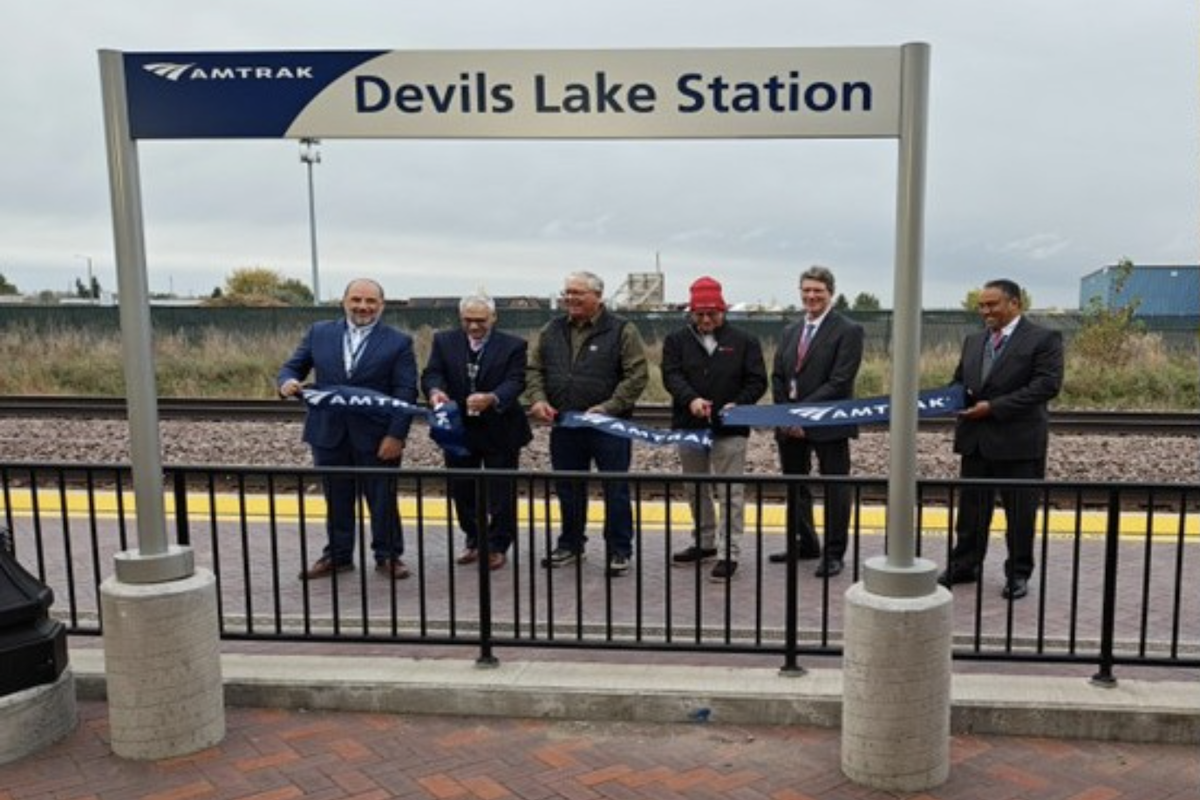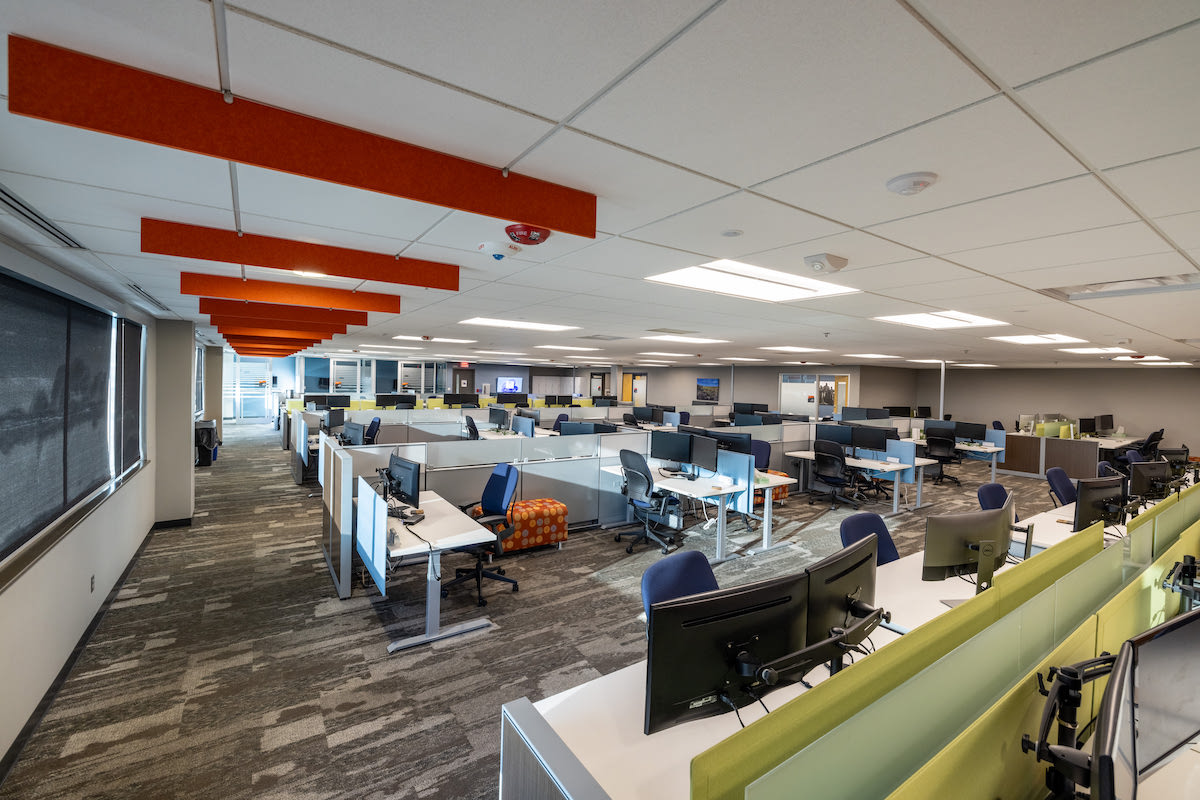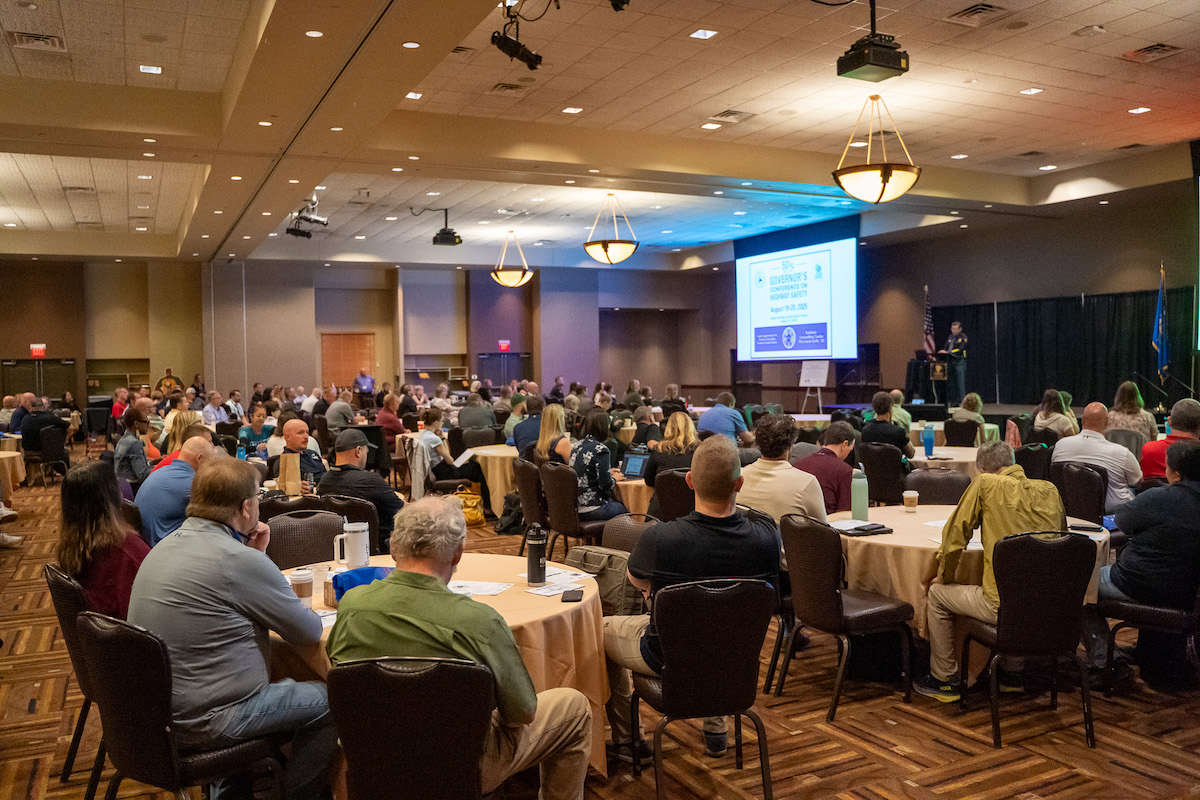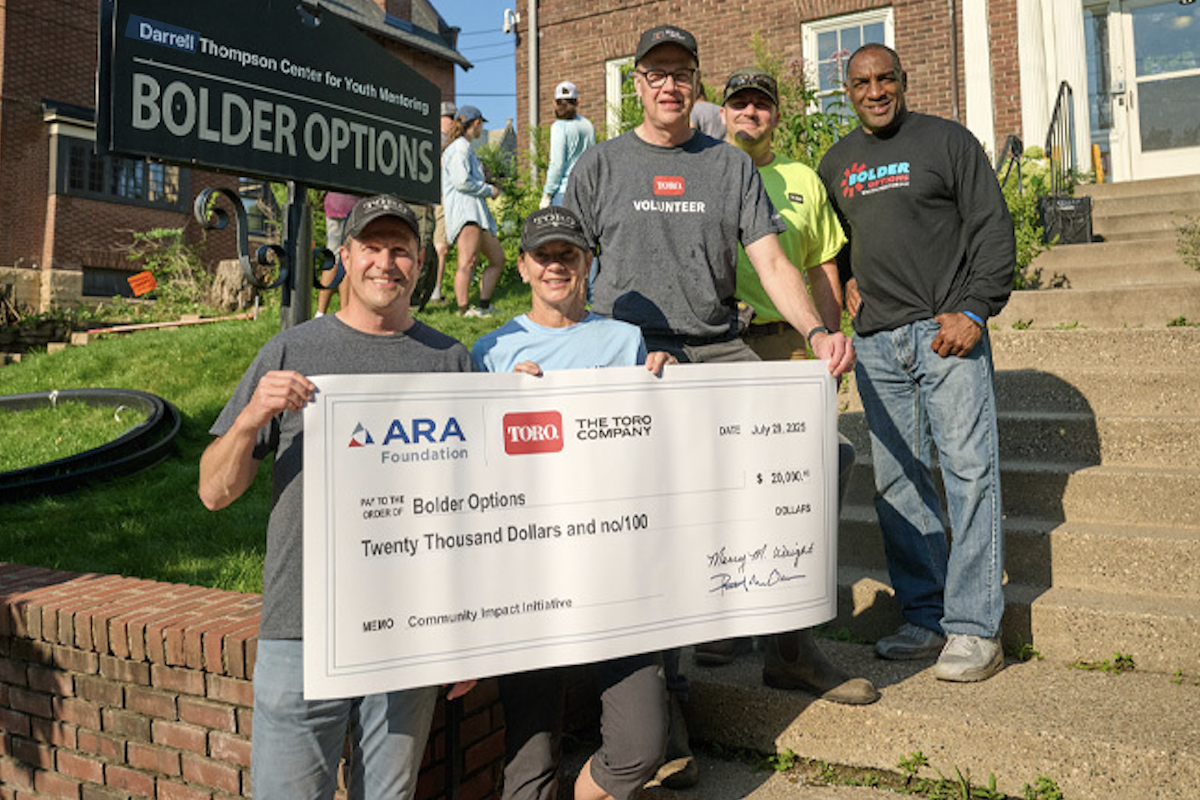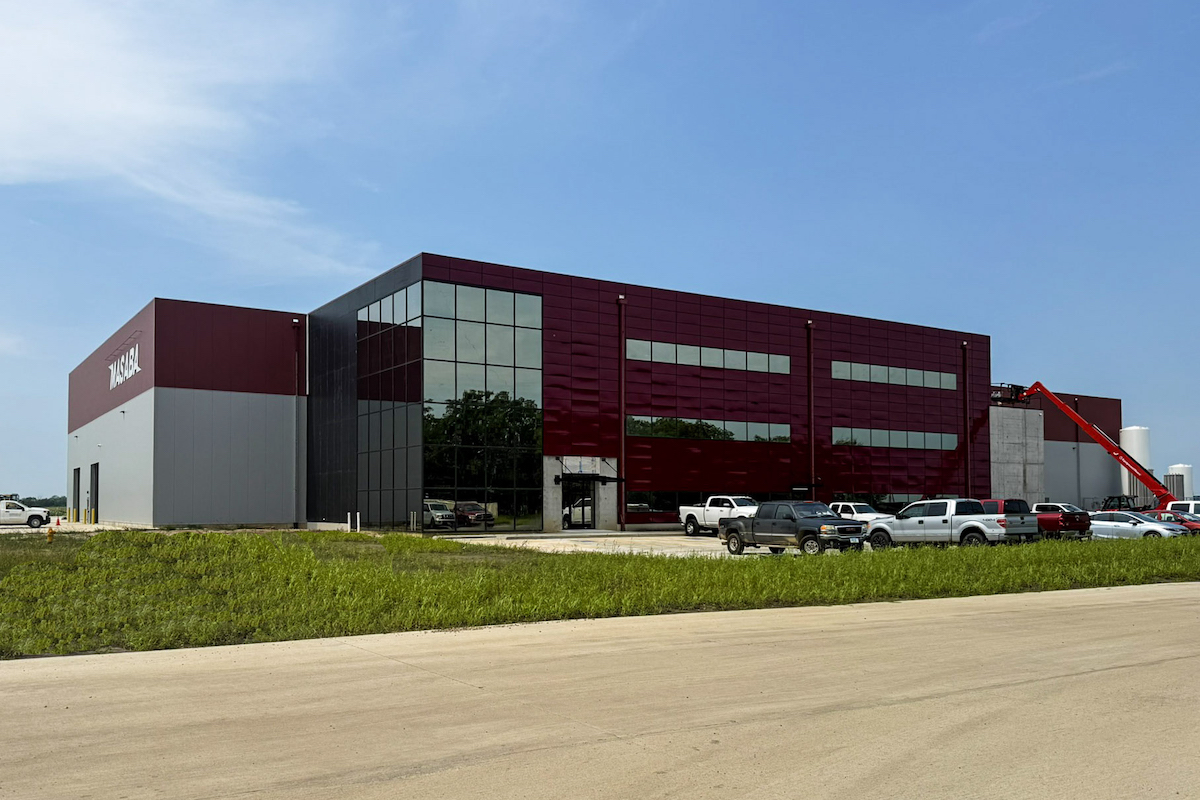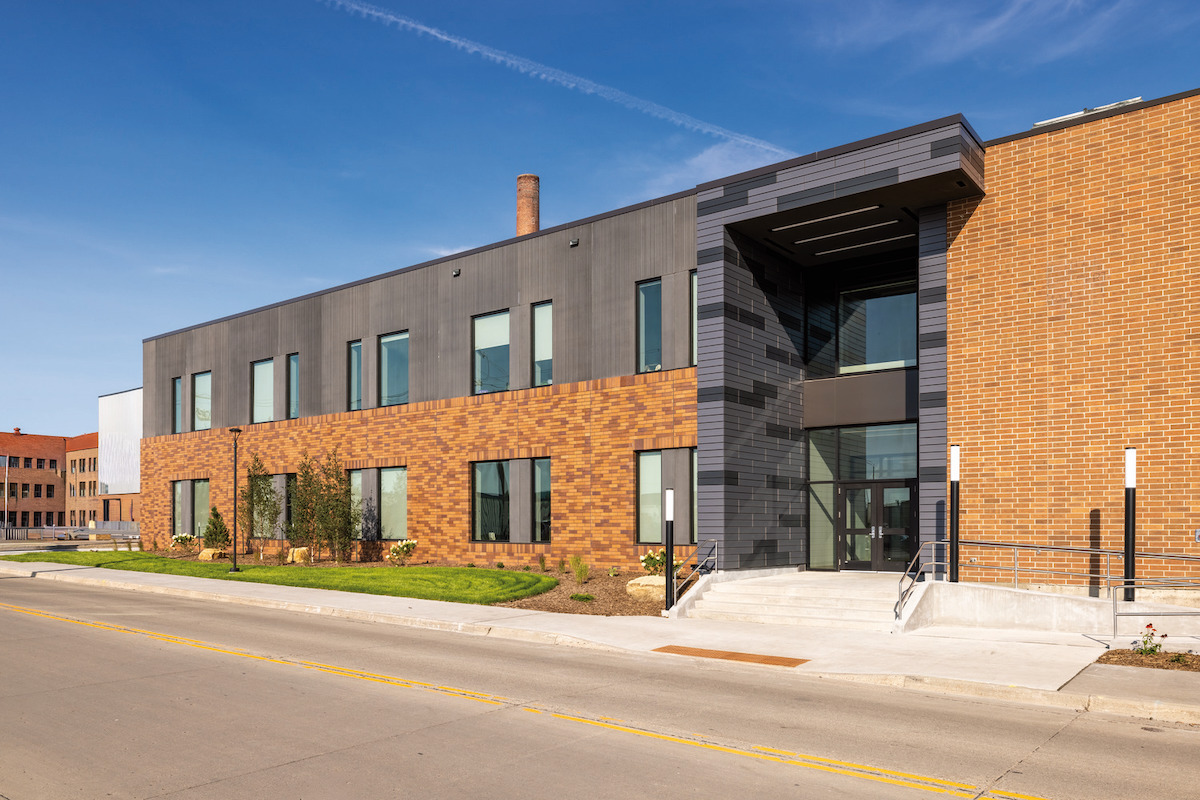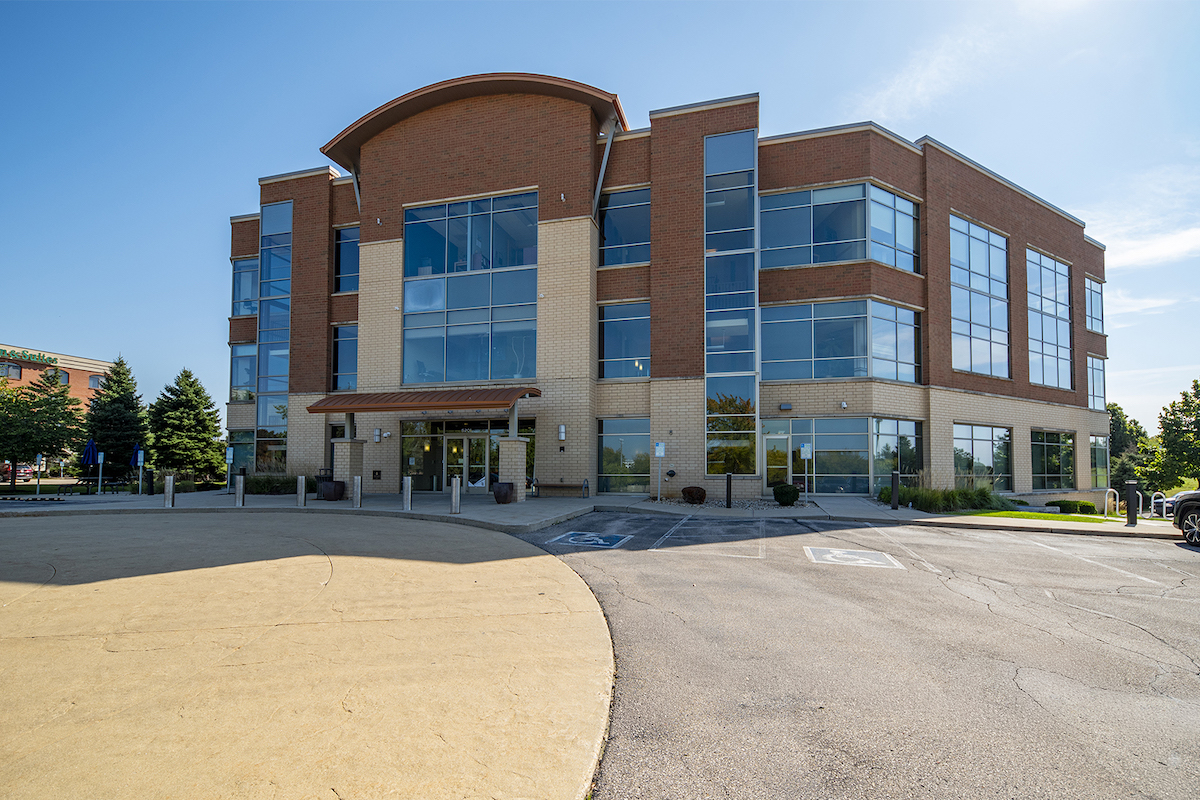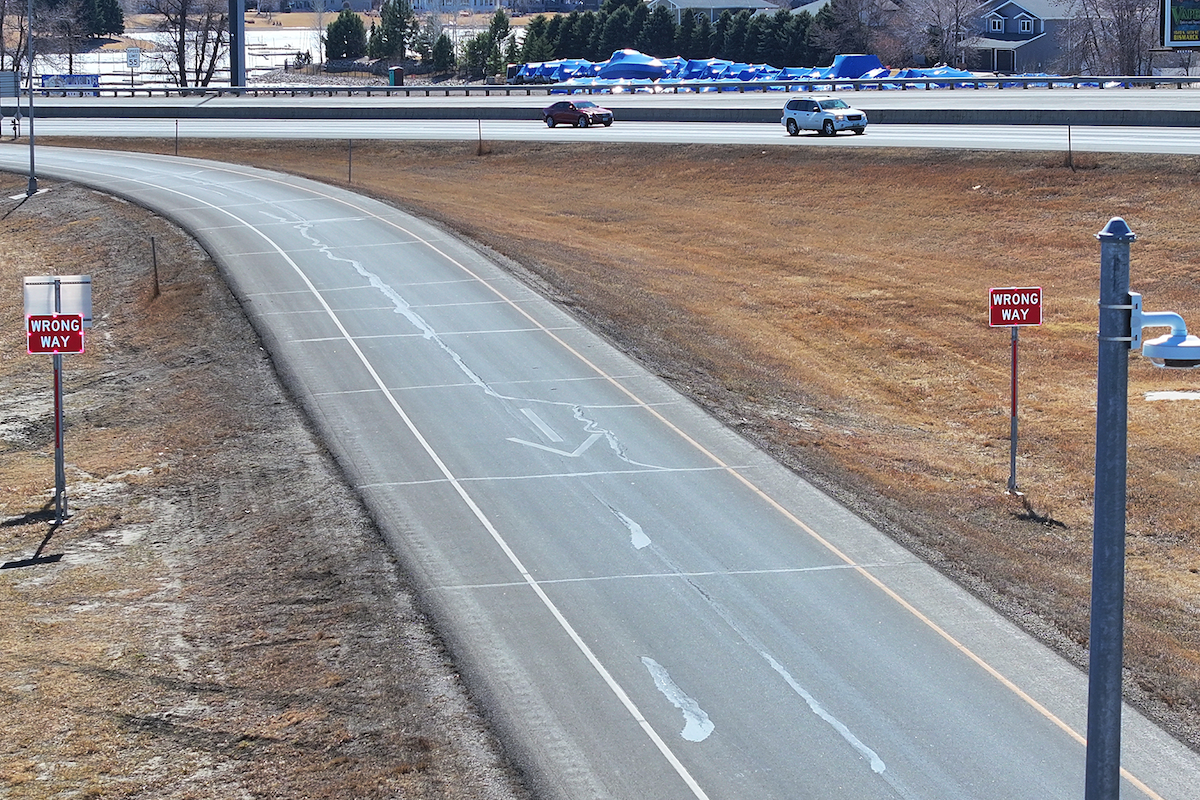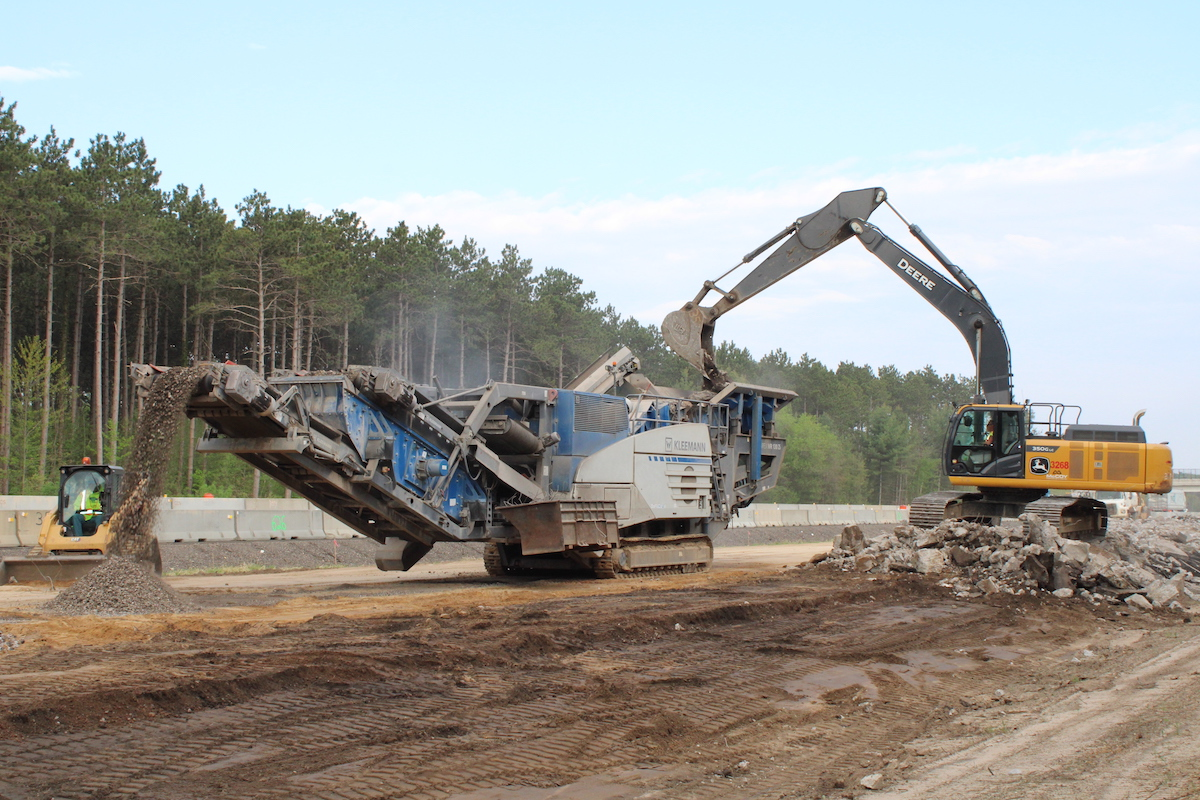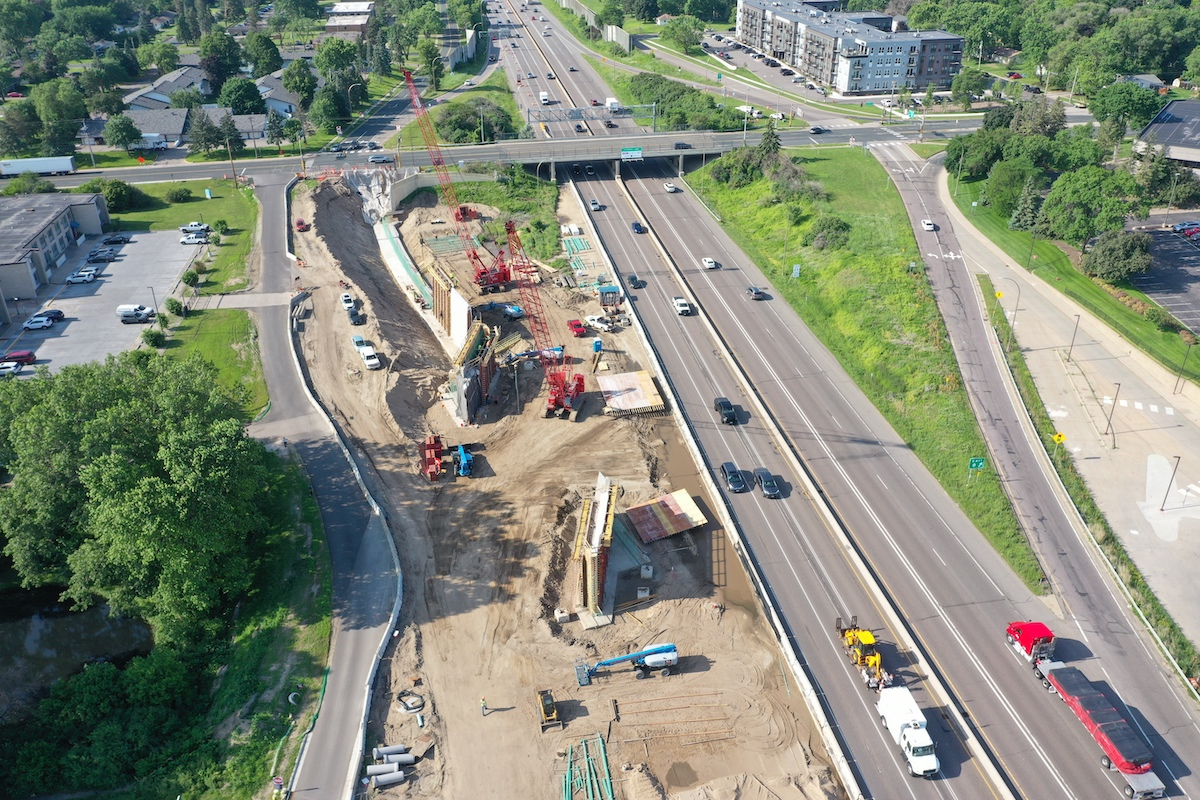Over the last 50 years, the design and development of hard hats has changed very little. Hard hats are designed to address impacts and penetrations only to the crown of the helmet, not from all sides. In the event of a fall, hard hats also tend to fall off, leaving the worker with no head protection and causing the potential for significant injury or death. Workers from Structural Technologies, one of ASCC’s partners working on the H2H initiative, experienced firsthand what could happen if a hard hat falls off during a jobsite accident.
In 2018, Structural Technologies was a subcontractor performing post-tensioning work for a concrete pedestrian bridge in Miami, Florida. Shortly after the prefabricated bridge had been put into place, cracks were noticed on it. Structural Technologies was asked to re-tension some high strength bars to attempt to close the cracks, after being given assurances that the bridge was in safe condition. While the workers were re-tensioning the bars, the bridge collapsed. Three of Structural Technologies’ employees were on top of the bridge at the time of the collapse: one was not seriously injured, one was seriously injured and died later that day, and one had significant internal injuries and severe traumatic brain injury.
“Traumatic brain injuries, as I’ve come to personally know in the case of our employee, are devastating. His family, his children, his parents, and his life will never be the same,” said Scott Greenhaus, Executive Vice President at Structural Technologies. “We are responsible for our people and their safety, and it's too painful to have a life disrupted like that when that could have been avoided. ... Shortly after [the accident], we were examining the job site and noticed that the hard hats of the individuals that were on the bridge were sort of scattered around the job site. ... We do know that the hard hat came off, we know that it's not designed to stay on, and it’s not designed for side impact. If they had a helmet style head protection or better head protection, we don’t know whether that would have limited the injury, but certainly it got us thinking much more about doing the right thing as an industry for our people.”
Many countries across Europe, Africa, Asia, and Australia have already adopted the use of helmets. Although ANSI standards in the United States do not include helmet requirements, major U.S. contractors (Gilbane, Skanska, Clark Construction, Balfour Beatty, and more) have switched over to using helmets. Those contractors are also encouraging or requiring the use of helmets for specialty contractors that work with them. Within ASCC, there are currently around 30,000 construction workers that are using helmets.

| Your local Volvo Construction Equipment dealer |
|---|
| Nuss Truck & Equipment |
“We’re trying to make it easier for everyone in our industry — not just the concrete industry, but everybody in our industry — to find the information they need that will help them make the decision to change to helmets, which we think is going to save lives and significantly reduce the incidences of traumatic brain injuries,” Greenhaus said.
The H2H website provides information regarding features, benefits, and current and emerging technologies of helmets; regulatory requirements; research and development; the evolution of the hard hat to the helmet; helmet success stories; and product information from helmet manufacturers. For more information, go to www.hardhatstohelmets.org.


























